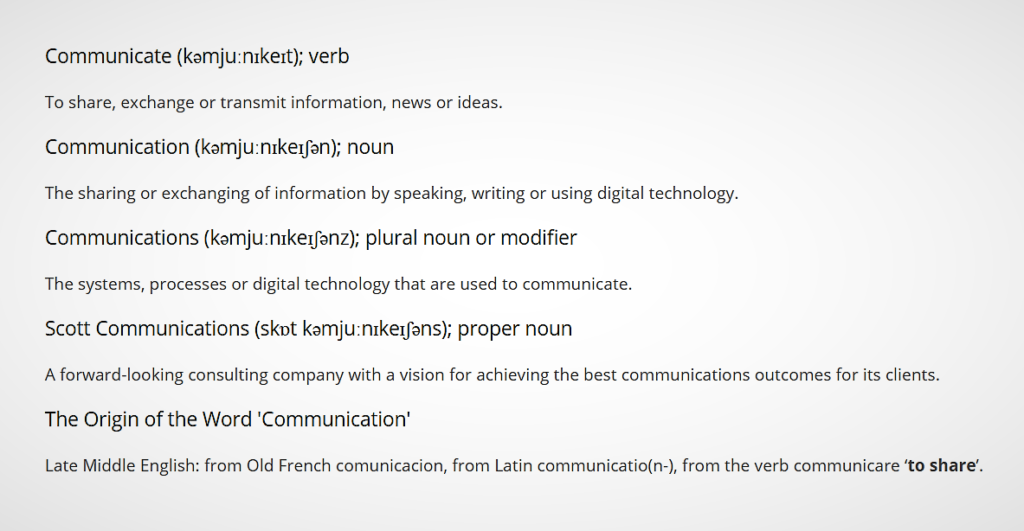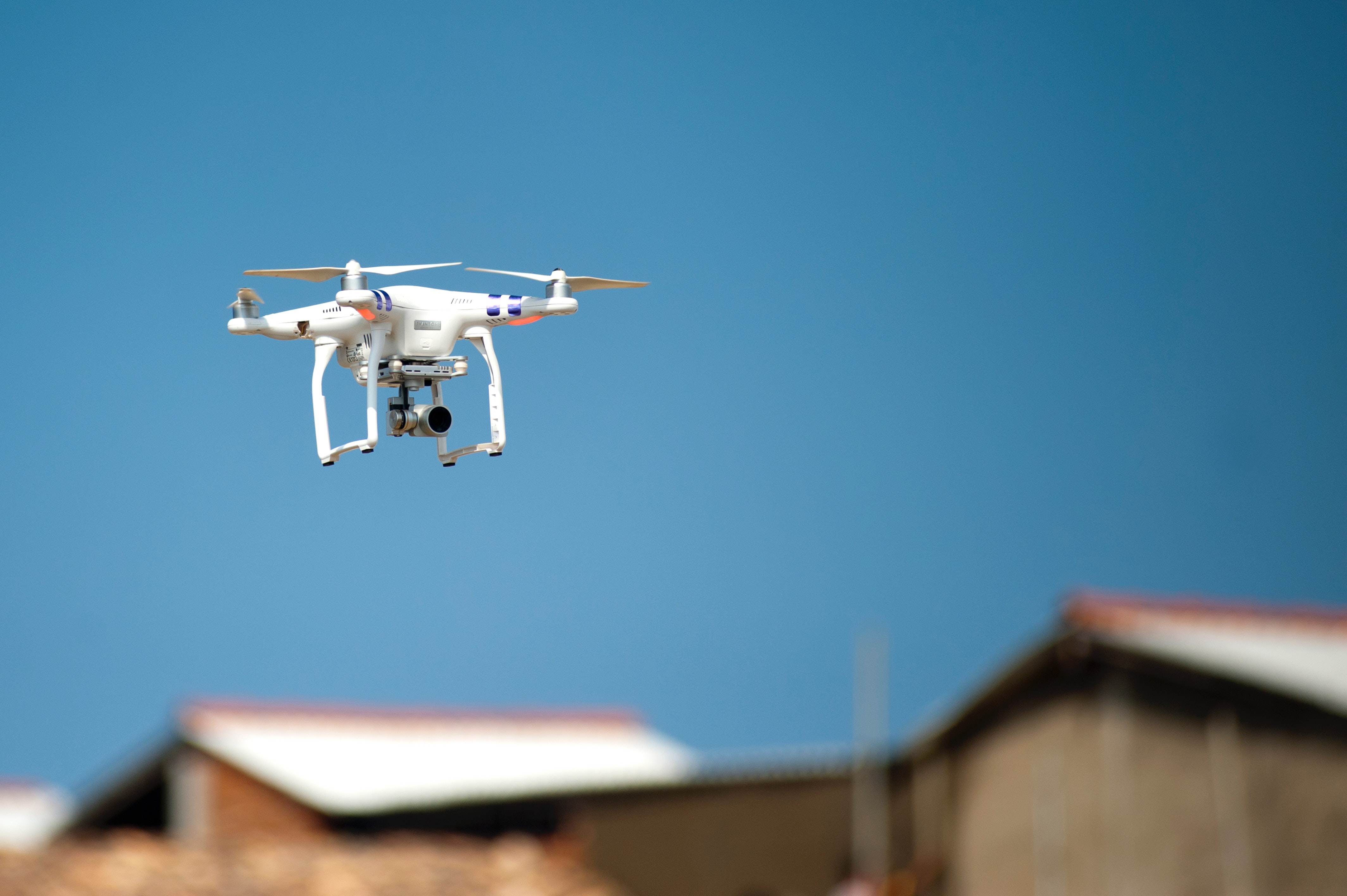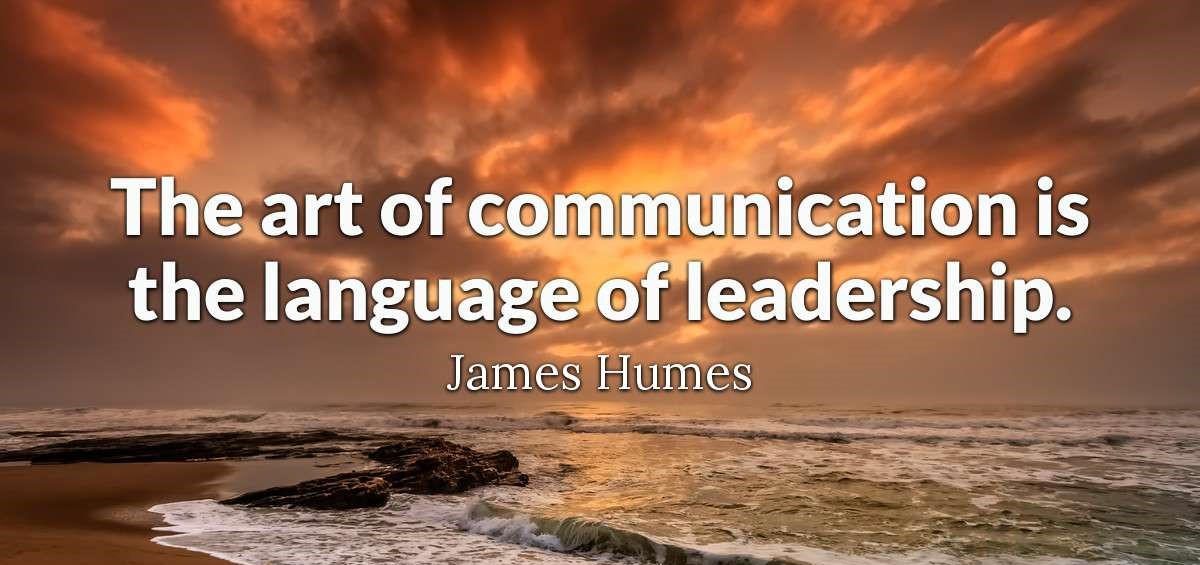It’s All About the Data
Earlier this month in my Global Technology Director role for a client I was interviewed by BIM+ magazine about my views on the importance of data science in the transformation of the architecture, engineering and construction (AEC) industry. This blog post is based on that interview. The original can be viewed here.
What are the AEC industry’s big challenges with digital transformation?
The fourth industrial revolution is the first one in which the pace of technological change is outstripping business change and what society is able to cope with. In previous industrial revolutions society had decades to adjust to the pace of change.
The biggest challenges in this are the human, behavioural and cultural ones, and the need to bring people along on the journey. It’s about painting a view of what a changed world might look like to inspire them to participate. You cannot make people transform, they have to want it and understand the reasons why.
For example, many companies just roll out new software tools and three years later their people have reverted to their old ways of working because it’s more comfortable and familiar to do so. I really want to focus on questions like: What are we trying to transform? How does it work for us as a company? How do we respect cultural differences around the world? Only then should we map the technology into it.
What do you hope to achieve in your Global Technology Director role?
Digital transformation is something I’m very passionate about. To me it’s all about using emerging and innovative technology to create human and business outcomes previously considered impossible or, more excitingly still, never before conceived. A lot of people approach digital transformation from the direction of technology, but to me the technology is just an enabler of these outcomes.
I’m currently helping to spearhead a digital workplace initiative that will change the way the company manages knowledge so that it becomes a single global learning organisation. That means freeing up knowledge trapped in people’s heads to create a rich collective resource of wisdom. Another aspect of this is transforming ways of working to ensure the company’s employees can collaborate richly with anyone, anywhere, anytime and on any device.
My interest in this field dates back to my early career in software engineering and software architecture. Back then I was envious of engineers and architects who were designing things in the real world that you could touch and that might be around for hundreds of years. The software I developed might have been used by a million people but it probably wouldn’t be around ten years later, and certainly wouldn’t be remembered in history books. When I joined the AEC industry I wanted to combine my software engineering experience in user-centred design with real-world engineering to create the best of both worlds.
What are your views on the future of BIM (Building Information Modelling)?
I admit I am not fundamentally a BIM specialist, but BIM is about data and data is close to my heart. At both company and industry levels we need to move our mental focus beyond the design and construction phases to take in the whole-life piece and consider why that’s important. This is all about data science.
We might be creating some of the best buildings in the world, but that’s not all BIM is for. With new build, we need to think through factors such as the sensors we need in a building, the data we can consume and who is going to benefit from the consumption of that data. The majority of today’s buildings and infrastructure is still going to be around in 2050 and beyond, so that’s a huge data opportunity for us too.
Is client interest and awareness of BIM greater now than two or three years ago?
It’s better than two years ago. The interesting question is who the client is and are they one that cares? There’s a cost to BIM modelling and designing for the whole-life piece and the needs of building operators and building occupiers. My sense is that our industry and adjacent ones need to come together to paint a better picture of this longer-term view and not be so siloed in our thinking, which includes clients.
Which are the most promising computational and data technologies coming through?
In design, construction and operation the one constant is data and we therefore need to be developing a stronger capability around data science, machine learning and AI. There’s a pretty easy business case to make here. I’m very keen about ideation-based engagements with data-rich clients to find new innovative digital opportunities they might not even know are available.
In my experience in the AEC industry there are data scientists who are very aligned to particular sectors, whether that’s rail, water, energy, smart buildings or whatever, and other more domain agnostic data scientists who just love data and gaining new insights regardless of the use case. For an engineering consultancy, I believe the real opportunity is in bringing these two worlds together to create a cross-company capability that can really leverage and support everything it is doing across all of its disciplines and sectors to unlock these data opportunities for its clients.
What key efficiencies can machine learning bring to the built environment?
The health and safety use cases are very clear, for example using machine vision to ensure that people are following the correct behaviour on site. Another use case is using machine learning to optimise building space, where analytics can enable us to overlay a model with things like crowd data and environmental data to optimise the performance of a space.
When you make the step from smart buildings to smart campuses and smart cities, there’s a lot that can be done with machine learning and real-time data to improve vehicle flows, people flows and other movements to reduce congestion, for example, in ways that previous technology just didn’t allow.
Does that remove a burden from designers?
The ability to automate some of the more repetitive tasks can free up designers to be far more creative. My definition of digital is about human outcomes, so automation can unlock some of these opportunities. We have reached a point now where we can almost assume that the technology, whether it’s AI or VR or BIM, is going to be able to deliver whatever we dream up, so now we can focus on the outcomes, which is a very exciting prospect.
What is the importance of digital twins?
Scenario modelling is the most exciting part of this, as you can try things out on a digital twin that you could never do to the physical asset, yet still gain the same insights and apply them to the real-world asset.
What is the role of digital technology when designing responses to the climate crisis?
In technological terms we need to link everything we do back to positive outcomes that address the climate emergency. This comes back to a large extent to data: you cannot accurately measure the impact we’re having on the planet, or the damage that’s been done that we have to mitigate against, without data. Putting sensors into existing infrastructure is a key element, as well as going back to first principles and assessing whether the materials and processes that have been in our industry for decades are appropriate for tomorrow’s world.
This is also about educating clients. Some might want a new building when in fact they would be better off repurposing existing assets to improve sustainability. There’s no simple answer to the climate emergency, but it should now be a big driver behind all of our work.
There’s a lot more to do in responding to the climate crisis. I’m incredibly excited to be using digital technology, techniques and transformation to help clients play their part on this journey.
Tony Scott is the co-founder and director of Scott Communications. He is also co-founder and CEO of artificial intelligence and data science specialists NeuralRays AI and a founding member of ACE‘s Digital Transformation Group.
A Definition of Digital
Abstract: Digital in its commonly used form today is implicitly understood but not well defined. This blog post suggests a working definition for the word digital when used as either a noun or an adjective that is practical and industry agnostic. Most importantly, it emphasises the human element as being more significant than the technological.
Digital is a word we can’t escape. Some call it hype. Some IT people even wonder what the fuss is about; they’ve been doing digital for years, right? This makes it even more surprising that a good working definition of the word – as used in terms such as digital transformation, digital workplace and digital strategy – is so hard to find.
Digital in the modern disruptive sense is far more than its dictionary definition as a series of 1s and 0s. It also represents a great deal more than digital computing, which has been with us since the advent of the third industrial revolution in the 1960s. Technology is evolving at an unprecedented rate, which is the key driver of today’s fourth industrial revolution. But most remarkable isn’t the technology itself, but the human and business outcomes it makes possible. These have the potential to create a better world for us all; in the wrong hands, of course, the opposite could be just as true.
What distinguishes a digital solution from a more traditional computing one are innovation, novelty and originality. Airbnb, Uber and Facebook could not have been conceived in an earlier period as there was simply no technology frame of reference beforehand to imagine them. Kodak saw its business model as that of a chemical company producing film for cameras, and hence missed the opportunity to be the leader in digital photography. Even Apple failed to foresee music streaming until Spotify disrupted its nascent iTunes download model. Today, digital disruption can occur from unexpected quarters for even the most established organisations. Indeed, there has never been a time before when the pace of technological change has been so far ahead of what society or business transformation can easily accommodate.
To survive in a digital world, organisations need to think differently and more creatively. Having an innovative workplace culture is more important than the underlying technology itself. This is where lean and agile working come to the fore, with concepts such as hackathons, minimum viable products, A/B testing and failing fast being the new norms for leading organisations.
A working definition of digital, whether used as a noun or an adjective, needs to include all the above elements if it is to be meaningful in today’s world. The following is my attempt at this and I hope you find it useful.
>>>>
Digital refers to the exploitation of innovative technology to create positive human and organisational outcomes. This is achieved through the development of solutions that not long ago would have been unimaginable or thought impossible. Today, such solutions are likely to be based on one or more of the following technologies:
- artificial intelligence, machine learning, natural language processing and robotic process automation;
- big data analytics, data science and advanced visualisation techniques;
- Blockchain;
- cloud computing and cyber security;
- generative design, 3D-7D building information modelling and 3D printing;
- social media and sentiment analysis;
- the Internet of Things, near-field communication and 5G;
- unmanned aerial and autonomous vehicles;
- virtual and augmented reality, and wearables;
- and more …
However, digital is about more than technology itself. By drawing on the principles of the lean start-up movement, complemented by a strong focus on human-centred design, digital also impacts organisational culture, ways of working and business models. In this, digital favours agile, iterative and experimental techniques that allow organisations to respond far more quickly to business needs and market opportunities than was possible in earlier eras.
<<<<
In this definition I’ve aimed to be industry agnostic. The definition could, of course, be adapted as required to serve specific industries or markets. The technology list is not complete, and items in it such as cloud computing and big data analytics are now verging on mainstream. The list is also the least important part of the definition, and the most susceptible to change. Of greatest significance in the definition are the human elements, from outcomes to culture; if you can focus on and succeed with these, relatively speaking, the technology will take care of itself.
This blog post is also published at https://www.linkedin.com/pulse/definition-digital-tony-scott/.
Sharing is Caring
There are many definitions in use for the words ‘communicate’, ‘communication’ and ‘communications’. What is consistent is that communicating is primarily about the sharing of information, news or views. This sharing can take many forms, including spoken and written messaging between people and organisations, and digital transmission involving people and devices.
At the heart of communications, in whatever form, are people. It is this human element that drives all that we aspire to do in Scott Communications, whether related to public relations or digital transformation.

As James Humes, speechwriter for five US presidents and joint author of the text on the Apollo 11 lunar plaque, once said, ‘the art of communication is the language of leadership’. That is, if you want to be a leader, whether as a person or an organisation, you must communicate effectively if you want to connect with your audience and deliver a memorable and impactful message. This principle is a key driver of our public relations consulting services.
Communications, collaboration and knowledge sharing are also key drivers of our digital transformation services. At Scott Communications we are passionate about embracing emerging technology, but even more so about using it to create innovative human solutions that help shape a better world.
The effective sharing and exchanging of information between people, organisations and devices to create not just a digital workplace, but a digital world, is an incredibly exciting global project. Doing so ethically will ensure we are achieving positive social benefits for all. These ideals were key motivators in the formation of Scott Communications.
We’d love to hear from you about your communications challenges and ideas, and to work with you to deliver your business outcomes. Do contact us if you’d like to learn more.


